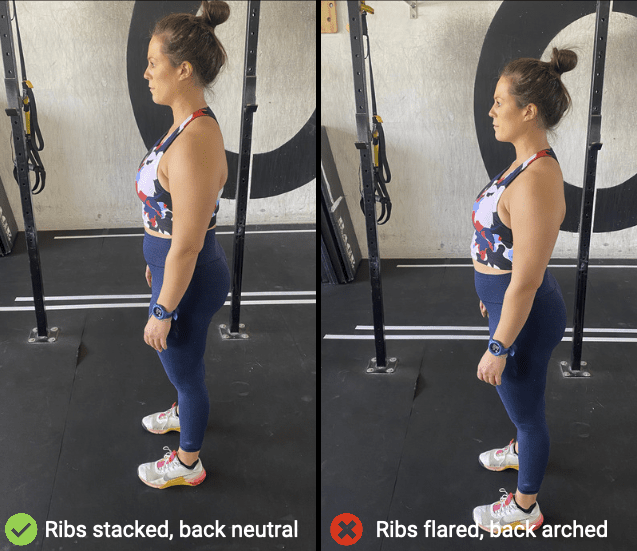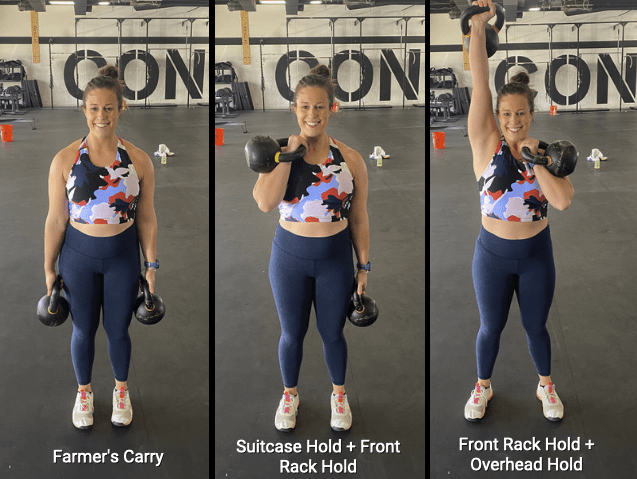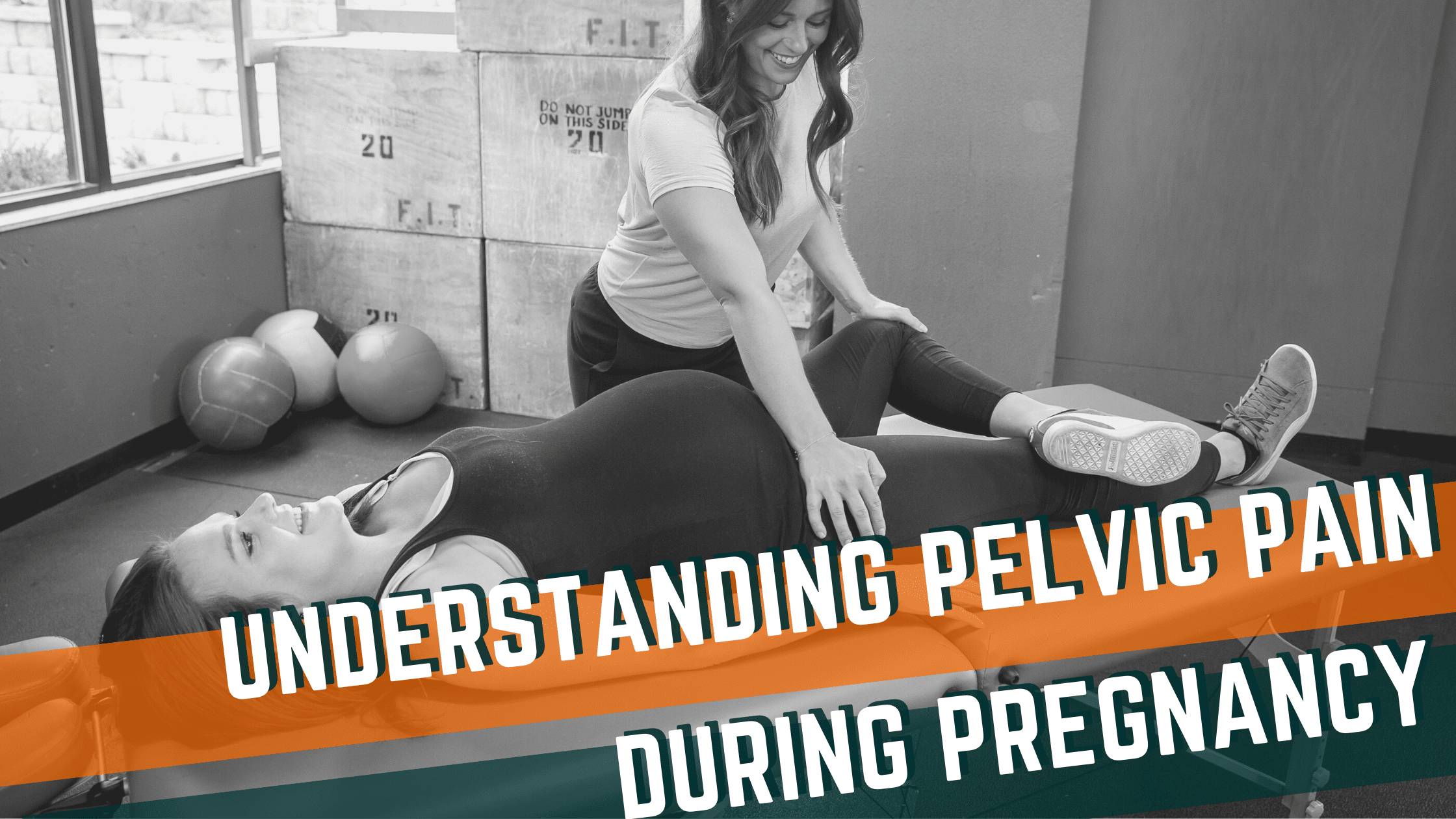
Pelvic pain can be a common complaint during most females’ pregnancy experiences. Around 45% of pregnant females will experience pelvic pain at some point in their pregnancy! When it comes to managing discomfort, it is important to understand what structures may be behind the symptoms and more importantly what exercises and habits can be implemented to find relief. We hope that we can give you a much better understanding of the causes and solutions to pelvic pain during your pregnancy!
Common Area of Discomfort Associated with Pelvic Floor Dysfunction:
- Back pain
- SI joint pain
- Pubic symphysis pain
- Abdominal pain/pressure, heaviness
- Leakage/incontinence especially with increased pressure such as coughing, sneezing, jumping, laughing
Causes of Pelvic Pain During Pregnancy:
There are a multitude of reasons why a woman would experience pain in various areas of her body during pregnancy. Some of the main culprits are primarily related to musculoskeletal changes due to a growing belly. Areas like the abdominal wall and pelvic floor are common places that may feel weak or experience a sensation of increased pressure/heaviness as pregnancy progresses.
Changes in posture and rib position can influence breathing mechanics and alter pressure management. General habits around toileting, stress management, and lifting mechanics may also need to be addressed to assist with pelvic pain during pregnancy.
Anatomy:
Understanding pelvic pain during pregnancy starts by learning the physics of the core canister and muscle activation during breathing. This is the foundation of rehab within the pelvic floor space. The core is much more than just the abdominals; it is the synchronous activation and relaxation of the diaphragm, pelvic floor, abdominals, and back musculature.
A failure in the coordination of these four muscle groups can create a cascade of issues depending on what may be a pending problem. Posture is also critical: creating a more stacked position with ribs directly over your pelvis can allow breathing and muscle recruitment to occur more efficiently.
So how do we aim to correct these issues if they are present and contribute to pelvic pain during pregnancy? Awareness and education are one of the keys to success. Below are 5 common areas that are commonly addressed by a pelvic floor therapist when assisting with managing pelvic pain during pregnancy.
How to Relieve Pelvic Pain During Pregnancy
Breathwork for Pelvic Pain During Pregnancy
Pregnant or not, this sequence is critical to understand. Dialing this in can ensure that the foundation you are building upon is sound.
An intentional breath sequence should be as follows:
- Inhale as side ribs expand, the diaphragm will pull the lungs down to fill with air. As this occurs, your pelvic floor relaxes downward to compensate for the inhale (you may feel a stretch of the tissues near your genitals). The deeper you inhale, you may feel your belly expand near the end of the breath.
- As you exhale, the pelvic floor should lift to return to its original position as your diaphragm moves up to its starting position. Your lower abdominals (transverse abdominus) should be firing at this time as well and provide a wrapping sensation across the lower portion of your belly and hip bones.
Some common faults to be aware of:
- Does the person know how to breathe with the right muscles firing or relaxing at the right time? Do they bear down or push out their belly or pelvic floor at any point in the sequence?
- Can I feel the pelvic floor musculature relax during the inhale? Does it return to the same starting position with the exhale?
- Can they access breathing into their side ribs or are they only breathing into their chest or belly? What is the length of time of their inhalation?
Practice is critical for this and may be as simple as the following:
- Start by laying on your back with your knees bent and feet flat on the floor or up against a wall.
- Perform 10 breath sequences with a focus on the quality of inhaling and exhaling and appropriate muscle engagement at the right time. You may try coordinating a kegel with your exhale to retrain the muscle movement that should be occurring naturally (Note: this is something that you shouldn’t have to think about but will be useful when first training the movement).
Are you trouble feeling if you are breathing into your pelvic floor? It may be helpful to sit on a rolled-up towel to facilitate feedback in this area.
Feeling pain/pressure during a specific exercise or activity? Dial-in your breathing mechanics with this drill during that activity and assess if the discomfort changes!
Maintaining Flexibility in the Spine: Promoting the Lower Back to Flex
As we progress through pregnancy, it is normal to develop more of an arch in your lower back as a postural compensation for the growing belly. Many women will begin to complain of feelings of lower back and sacroiliac (SI) joint pain because of this. This arched back position creates tightness in the back musculature and overstretched position of the abdominals with ribs flaring out from the body instead of stacked over your pelvis (see photos above).
Going back to our core “canister” analogy, this posture is inefficient and appears almost like a broken can instead of a stacked, strong position. To combat this chronic extension posture, I recommend facilitating a lot of flexion in the lower back specifically through different stretches or rehab exercises. Here is an example:
Place a light theraband across your lower back and anchor it onto each palm. Get into an all-fours position on hands/knees with the band in position. Inhale and slowly move through lumbar extension/”cow” position with back arched, belly sinking towards the ground and head lifted up.
As you exhale, round into lumbar flexion/”cat” while focusing on your lower back pushing into the band. This is a helpful cue to remind yourself where you want the majority of the motion to take place. Repeat for 8-10 repetitions, taking your time to breathe and stretch into each position.
Habit Awareness – Toileting, Stress Management, Lifting Mechanics, etc.
Simple modifications in daily tasks can have a profound effect on managing pelvic pain during pregnancy. Here are a few examples:
- Avoiding pushing urine or stool out is critical to promoting pelvic floor relaxation. This is also a great way to practice breathing/lengthening of those muscles during birth.
- Spending at least 5 minutes daily meditation/relaxation and diaphragmatic breathing. Each inhale, focus on feeling the connection of your pelvic floor muscles stretching and relaxing. A few minutes a day can contribute to decreased tone in this area and allow for an improved ability to stretch during labor.
- Practice different forms of lifting during weightlifting to help manage pressure and decrease the chance of leakage/pain with exercise. This could look like the following:
- Squat: inhale as you descend, exhale as you stand up
- Overhead Press: Exhale as you press the weight overhead, inhale as you bring the weight back down
- Deadlift: Inhale as you approach the bar, exhale as you lift the weight from the floor.
- Foam Rolling the pelvic floor – this is a useful tool to promote myofascial release or relaxation of tight tissue. Spend 2-3 minutes sitting with the foam roller between your legs and rock gently side to side in-between your sit bones.
Improve lower extremity posture: “Untuck your Butt”
Pelvic girdle pain can be caused by a multitude of issues but addressing posture can be helpful to assess where may be tight/limited and where it may be weak. “Glute gripping” or clenching of your butt muscles during pregnancy and postpartum is quite common as this is your body’s attempt to create stability around the hips/pelvis.
We often refer to the glutes as the “window to the pelvis”; chronically tight with decreased ability to stretch likely will indicate that the pelvic floor is having a similar issue. This is largely driven by the lengthened muscles in your abdominals and pelvis that previously provided more support. As pregnancy progresses these muscles become less helpful and clenching of your glutes tends to subconsciously occur.
Awareness of promoting length in this area is step one. Positions such as “happy baby pose”, a supported squat or repeated hip hinge take the glutes through their full range of motion and allow them to be stretched. Movements such as squats, lunges and deadlifts are also useful to create strength and reduce the impulse for these muscles to clench or tuck.
Don’t Neglect Core Work! – Developing Transverse Abdominus awareness and Sling Recruitment
Core work tends to have a bad reputation when it comes to the ability to be applied to a pregnant or postpartum athlete. This is largely because trunk flexion-specific work such as crunches or sit-ups tax the abdominals and can promote coning/doming and have been associated with delaying recovery from diastasis recti. However, we are finding that improving core strength and awareness throughout pregnancy can be useful in expediting the return to more complex core work postpartum. Three of my favorite exercises include:
Banded Dead Bugs:
Instructions: secure light to medium band to the rig or closed in a door behind you. Lay on your back facing away from the band. Bring knees up into a 90/90 tabletop position and pull tension on the band so that it is tense over your chest. Keep your lower back flat against the floor as you slowly drop one leg out into extension, return and alternate with the other leg. Repeat this process for 8-10 reps per leg while maintaining tension on the band. Scaling options include keeping arms extended overhead without any band tension and/or shortening the range of motion that your leg moves away from you with a bent knee instead of straight.
Tall Kneeling Oblique Chop:
Secure a band to a rig or doorway next to you, anchored slightly above your head when in a kneeling position. Starting with both arms holding the band, pull across your body with straight arms in a diagonal motion toward the opposite hip. Avoid rotating through the pelvis as compensation and keep the core engaged throughout. It may be helpful to pair the movement with your breath: inhale to prepare and exhale with a tight core as you move the band across your body. Repeat 8-10 reps x 3 sets
Loaded Carries:
Carries can be a wonderful way to challenge core stability in a neutral spine. You can get creative here by a stable double carry such as a farmer’s carry or level up the challenge by performing mixed carries such as a suitcase + front rack carry or front rack + overhead carry. The value lies in that you can go quite heavy here without relying on flexing the back to load the abdominals given that the spine is held in a neutral position throughout.
Need More Help Managing Pelvic Pain?
Pelvic pain during pregnancy is a common occurrence and can be influenced by many different changes that occur to the body along the way. It can be safely managed with some of the tips above.
If you are continuing to experience pain or worry that you lack the knowledge to safely progress, please know that a pelvic floor physical therapist can help. Additional treatments that are useful during this time include an internal assessment, manual work, education on self-internal release with a pelvic wand, spinal manipulation/mobilization, dry needling, and cupping.
Have additional questions or are interested in having an Onward Physical Therapist join you on your pregnancy journey? Schedule an appointment or free phone consultation to discuss your options today!
Recent Articles
Recover Like a Pro: The Role of Manual Therapy, Dry Needling, and Mobility Work in Faster Recovery
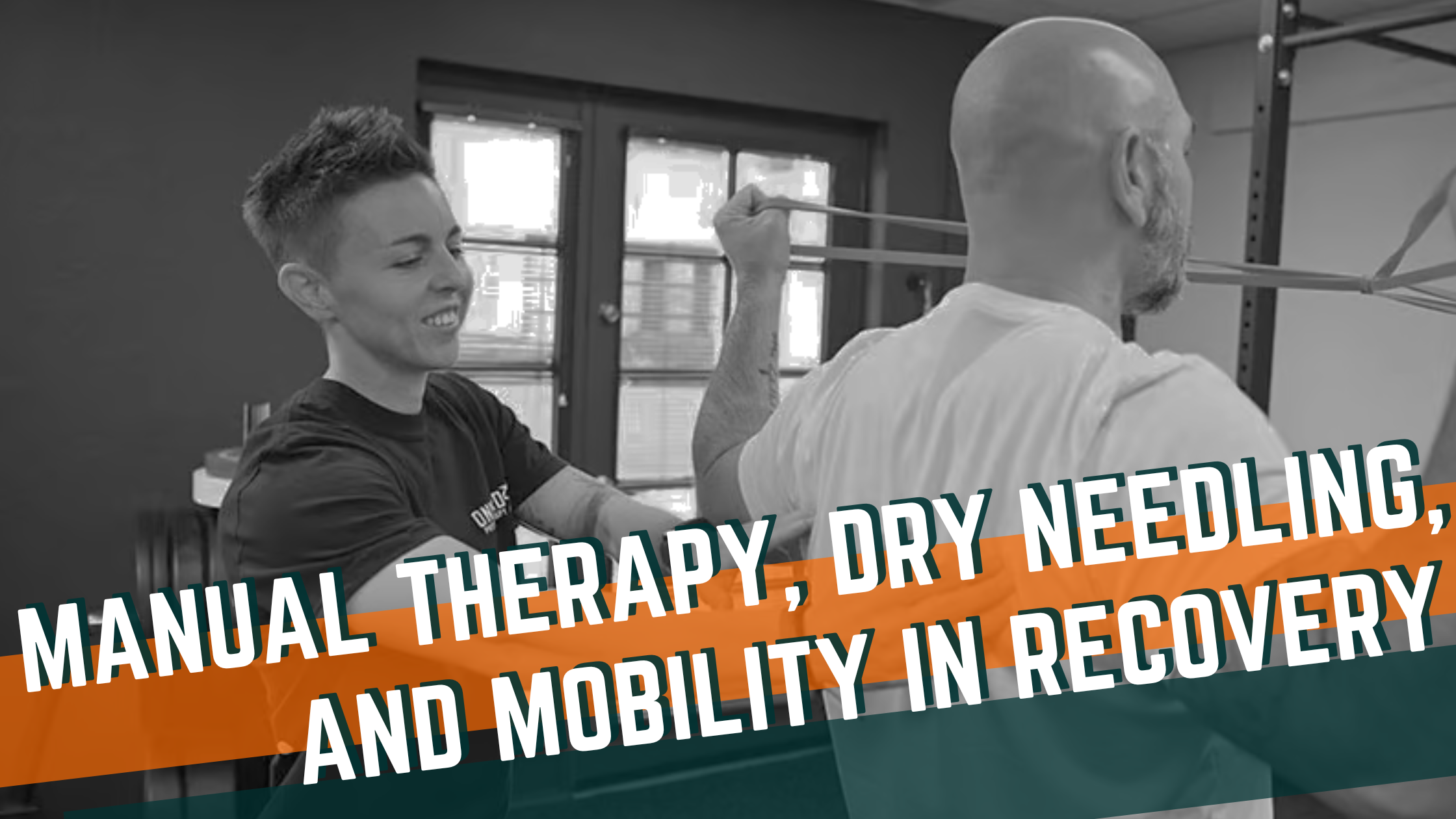
How does physical therapy help injury recovery and performance?
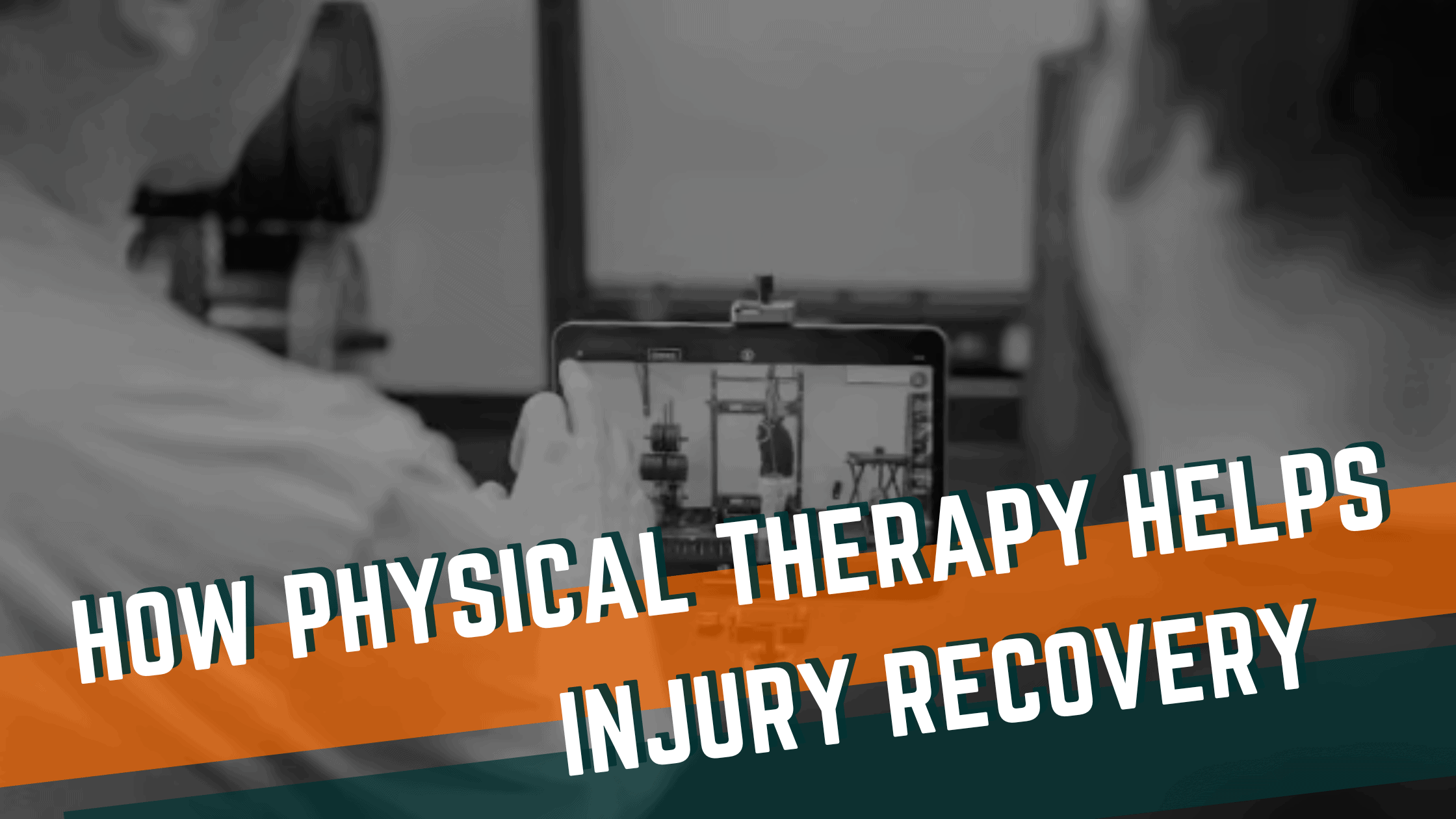
Comparing Manual Therapy to Other Treatment Modalities
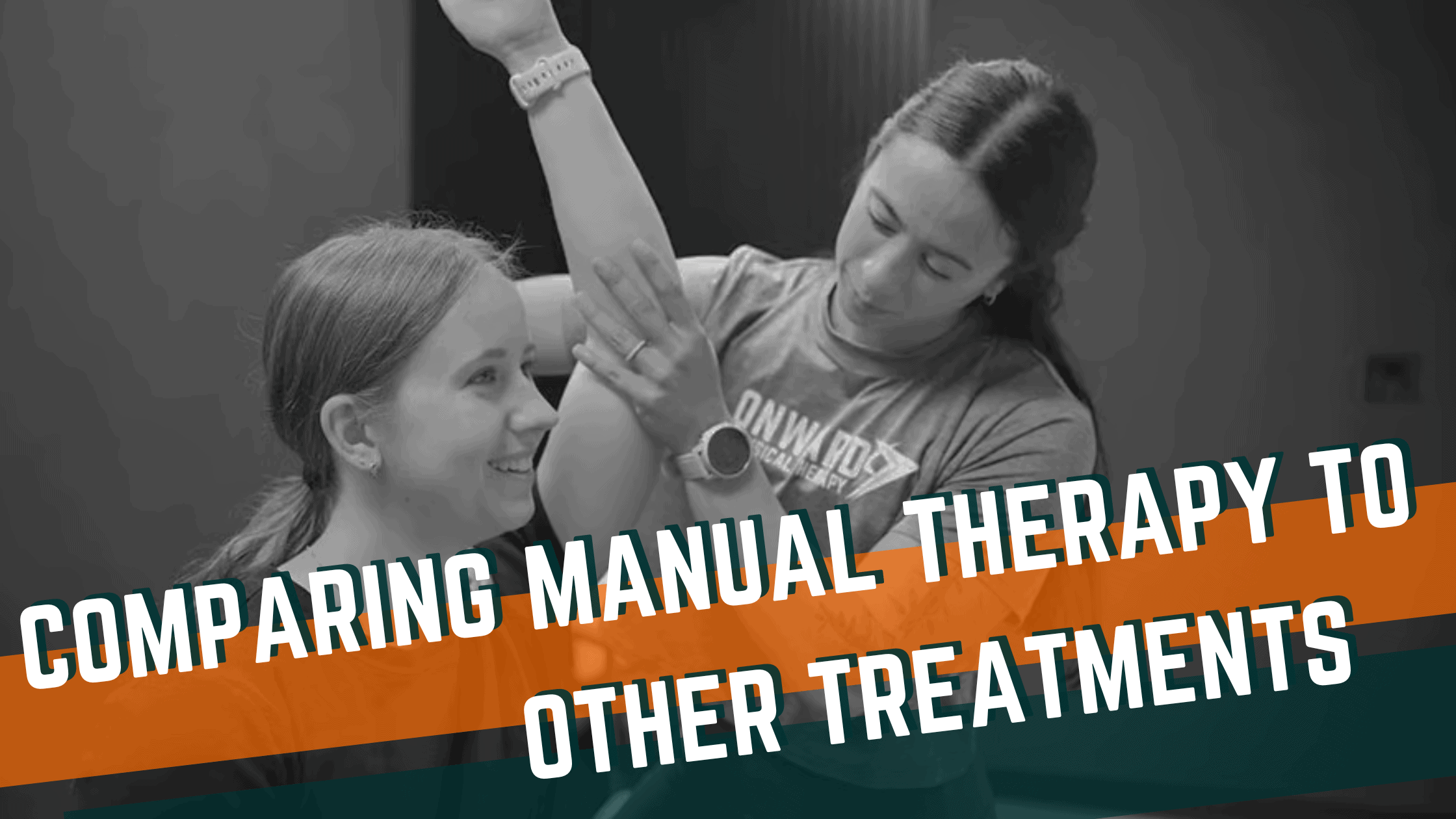
How Physical Activity Influences Mental Well-being

Non-Pharmacological Treatments for Chronic Lower Back Pain


